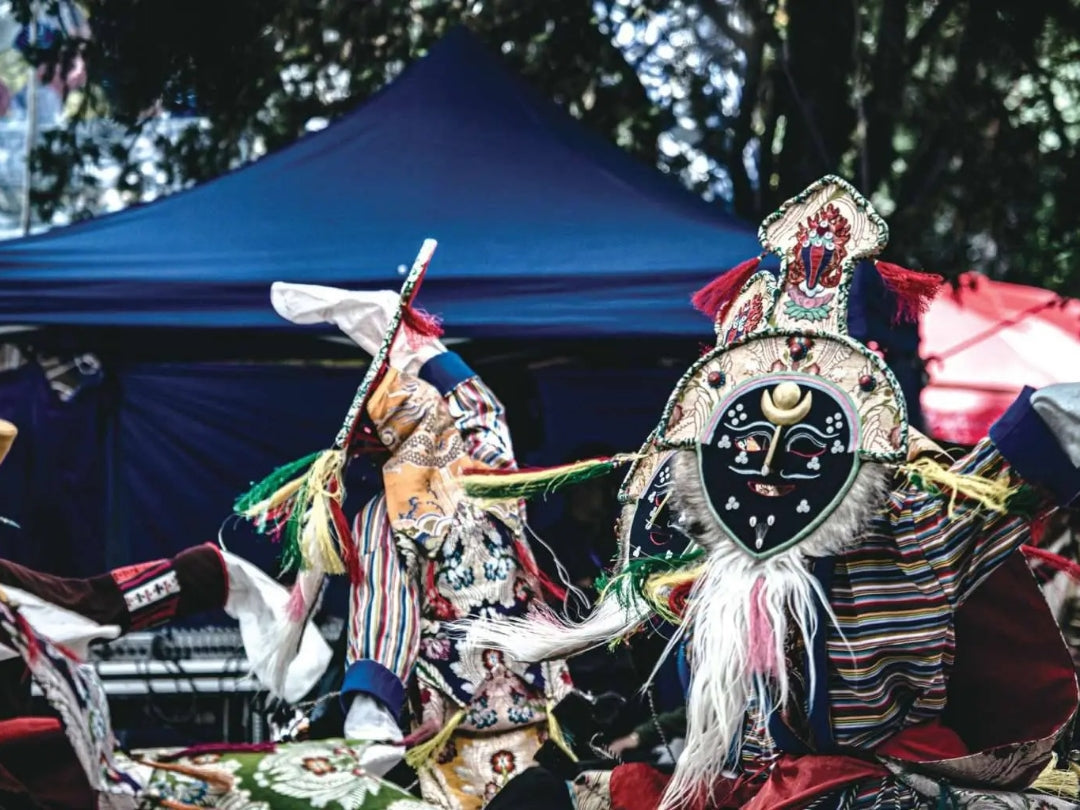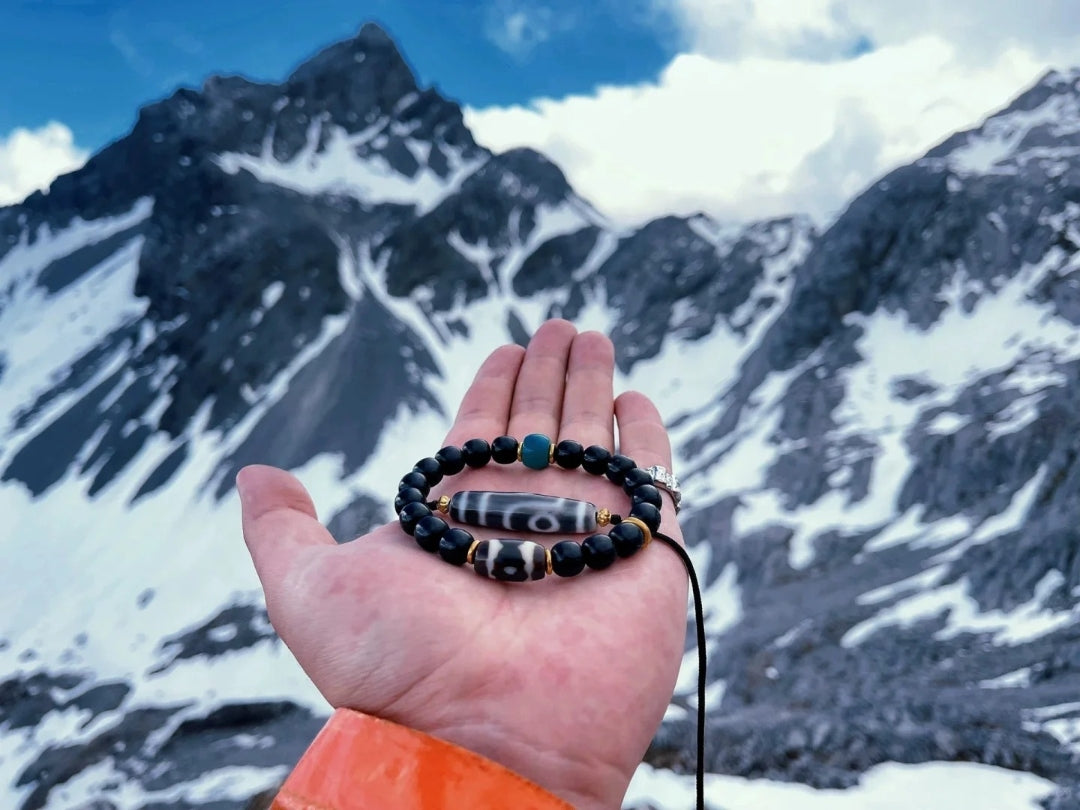Tibetan healing is at once practical and soulful. For centuries, the medical tradition called Sowa Rigpa—literally “the science of healing”—has woven together herbal pharmacopeia, lifestyle guidance, diagnostic skills, and spiritual practice. At the heart of that intersection sits the Medicine Buddha: an icon and focus of devotion whose symbolic healing work dovetails with material remedies. This article introduces Sowa Rigpa basics, describes how Tibetan herbalism approaches illness, and shows how Medicine Buddha devotion and wearable pendants can complement well-being without replacing modern medical care.

What is Sowa Rigpa? A short primer
Sowa Rigpa is the classical Tibetan system of medicine. Rooted in Indian, Chinese, and indigenous Tibetan knowledge streams, it developed into a coherent medical science over many centuries and remains practiced across the Himalayas today. Central features include:
-
A humoral model of health based on three principal energies: rlung (wind), mkhris pa (bile or fire), and bad-kan (phlegm or earth/water). Imbalances among these govern symptoms and vulnerability.
-
Holistic diagnosis, often using detailed pulse reading, urine analysis, and a careful review of diet, sleep, emotions, and environment.
-
Integrated therapies: individualized herbal formulas, nutritional advice, external therapies (moxibustion, massage, cupping), and lifestyle prescriptions.
-
A pharmacopoeia that draws on plants, minerals, and—historically—some animal substances, all prepared with specific purification methods and precise dosing.
Sowa Rigpa treats the person as a whole: mind, body, and social context. That integrated view is one reason devotional practices like Medicine Buddha rituals sit comfortably alongside herbal prescriptions.

Tibetan herbalism: materials and approaches
Tibetan materia medica is rich and regionally adapted. A few practical points:
-
Diverse ingredients: Herbal formulas typically blend many substances to balance the three humors. Ingredients range from high-altitude herbs and fungi to imported botanicals found across South and Central Asia. Examples that appear across Himalayan and neighboring traditions include myrobalan (Terminalia species), valued for digestive and rejuvenative uses; and Cordyceps, prized in Tibetan and Chinese contexts as a tonic for vitality.
-
Complex formulas: Rather than single-herb “magic bullets,” Sowa Rigpa commonly uses multi-ingredient preparations where the overall formula is tailored to a person’s constitution and condition.
-
Preparation and purification: Many raw materials undergo careful processing—roasting, fermenting, or cleansing—both to reduce toxicity and to enhance therapeutic action.
-
Nonpharmacological supports: Diet, sleep, meditation, and external therapies are standard parts of a treatment plan and often crucial to outcomes.
Because Sowa Rigpa is individualized, the same symptom in two people can result in very different herbal prescriptions. That nuance reinforces the need to consult trained practitioners rather than self-prescribe.

Medicine Buddha: symbol, mantra, and cultural role
The Medicine Buddha—often depicted with lapis-lazuli blue skin—represents healing compassion and the intent to relieve suffering. Iconographically, he commonly holds a myrobalan fruit or a bowl of healing nectar, symbolizing restorative medicine and the alleviation of illness.
Devotional practices associated with Medicine Buddha include mantra recitation, visualization, and ritual offerings. The traditional Medicine Buddha mantra and visualization practices are used to cultivate a calm, focused mind and to invoke the aspiration to heal for oneself and others. In Tibetan cultural life, Medicine Buddha devotion has both devotional and pragmatic functions: it enlists spiritual resilience while concretely supporting community care (funding medical herbs, supporting clinics, or sponsoring ritual healings).

How healing practice and devotion complement each other
Sowa Rigpa and Medicine Buddha practice operate on overlapping but distinct registers:
-
Material remedies (herbs, diet, therapies) address physiological patterns, symptoms, and environmental factors.
-
Devotional practice addresses attention, motivation, and resilience—factors that influence recovery, stress management, and adherence to treatments.
When combined thoughtfully, devotion can strengthen healing: a steady meditation practice reduces stress, supports emotional regulation, and can improve sleep and concentration—factors that make herbal and therapeutic interventions more effective. Conversely, access to effective herbal treatment can stabilize a person enough to engage in deeper meditative or ritual practice.
Practical, respectful ways to use a Medicine Buddha pendant in practice
Many contemporary practitioners find that wearing a small Medicine Buddha pendant or Thangka gawu provides a portable focal point for gentle practice. Here are culturally respectful, practical suggestions:
-
Use it as a reminder, not a cure. Let the pendant cue short practices—three mindful breaths, a single mantra repetition, or a brief visualization—rather than promising to replace care from health professionals.
-
Short visualization: Hold or touch the pendant, breathe calmly, and imagine a cool blue light at the heart expanding slowly through the body, carrying calm and clarity. Combine this with a short Medicine Buddha mantra if you know it.
-
Pair ritual with clinical care: If you’re under treatment, use devotion to support adherence—remind yourself to take herbs, follow dietary guidance, and rest as prescribed.
-
Ethical sourcing and consecration: If a pendant is meant for devotional use, consider whether it has been made or blessed in a way that respects local practice. If in doubt, a private dedication or brief blessing from a qualified teacher can personalize the object.
-
Mindful limitations: If symptoms are serious, seek professional medical help promptly. Meditation and pendants are supportive measures, not urgent medical interventions.
Finding trustworthy guidance
If Sowa Rigpa appeals to you, seek practitioners who are properly trained and licensed in their communities. Many Himalayan hospitals, Tibetan medical institutes, and qualified diaspora practitioners provide consultations that combine diagnosis, herbal prescribing, and lifestyle guidance. Responsible teachers will integrate modern medical referral when needed and will clarify what Sowa Rigpa can and cannot do.
Closing note
Sowa Rigpa and Medicine Buddha devotion offer complementary pathways: one oriented to material remedies and individualized diagnosis, the other oriented to motivation, attention, and compassion. When combined with care and common sense, herbal medicine and devotional practice can form a supportive ecosystem for healing—rooted in centuries of Himalayan knowledge and adapted for today’s needs.




